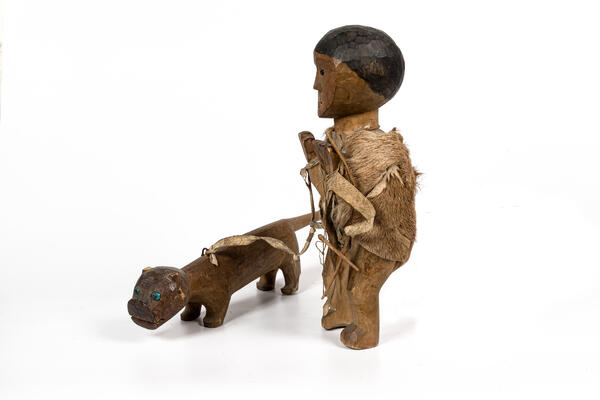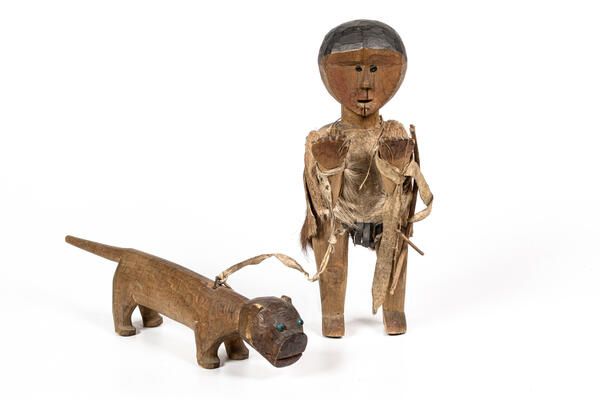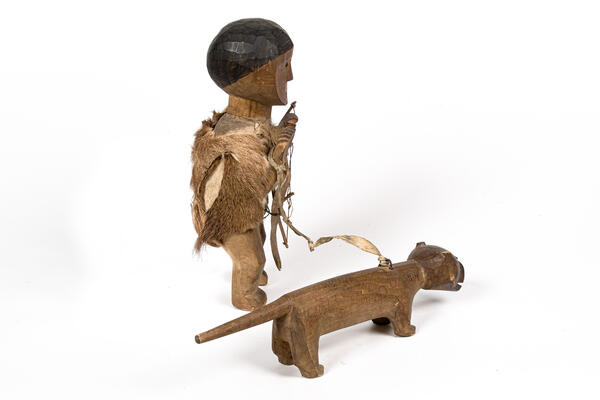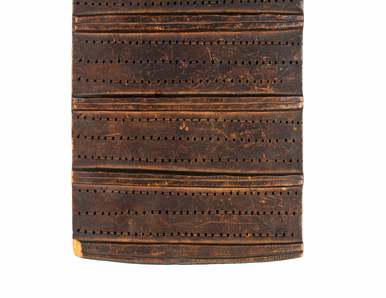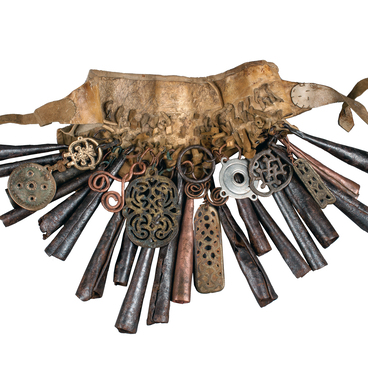The traditional way of life of the indigenous peoples of the Amur region and the Okhotsk coast was based on hunting, fishing and sealing. According to the local beliefs, in order to ensure successful hunting, it was necessary to favor numerous spirits.
The life of the family and members of the clan depended on the results of hunting, fishing and gathering wild fruits. There was a whole system of beliefs and rituals to please the spirits. Any member of a hunting group could perform a ritual of sacrifice to one or another spirit and ask for its help.
Indigenous peoples believed that if you give treats to the spirits, they, in turn, would also treat people favorably, help them to catch animals or fish, find wild fruits, get rid of illness. In hunting rituals people used sculptural images — savans. They were made of wood, grass, iron and other materials. Sometimes savans were pictured in drawings on rocks or cloth. They were also worshiped and offered sacrifice.
A distinctive feature of Udege ritual sculptures is the realistic interpretation of anthropomorphic sculpture. The head was worked out in detail: beard, hair, relief features and beady eyes.
The presence of carefully executed attributes (bow, arrows, quiver) in this exhibit reveals the use of the savan for hunting. It is possible that the Kusalyanku savan was riding a tiger or a panther. The tiger was one of the most revered animals in the Udege religious culture, and was among the sacred animals.
The tiger was seen as an honorable kin, it could not be killed, and it was forbidden to talk about it aloud, because people believed that the tiger understood the language of man. The Udege savan on display was made in the early 20th century. In 1911, it was found at the Nakhtoku River by Vladimir Arsenyev.
The researcher described
the savan as follows:



